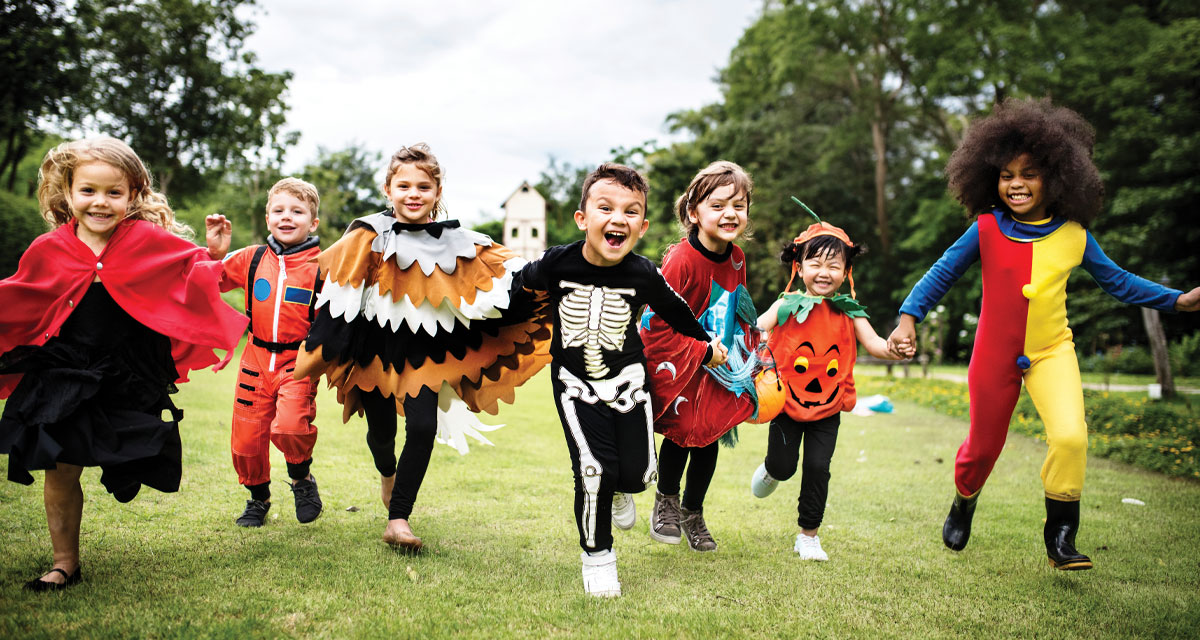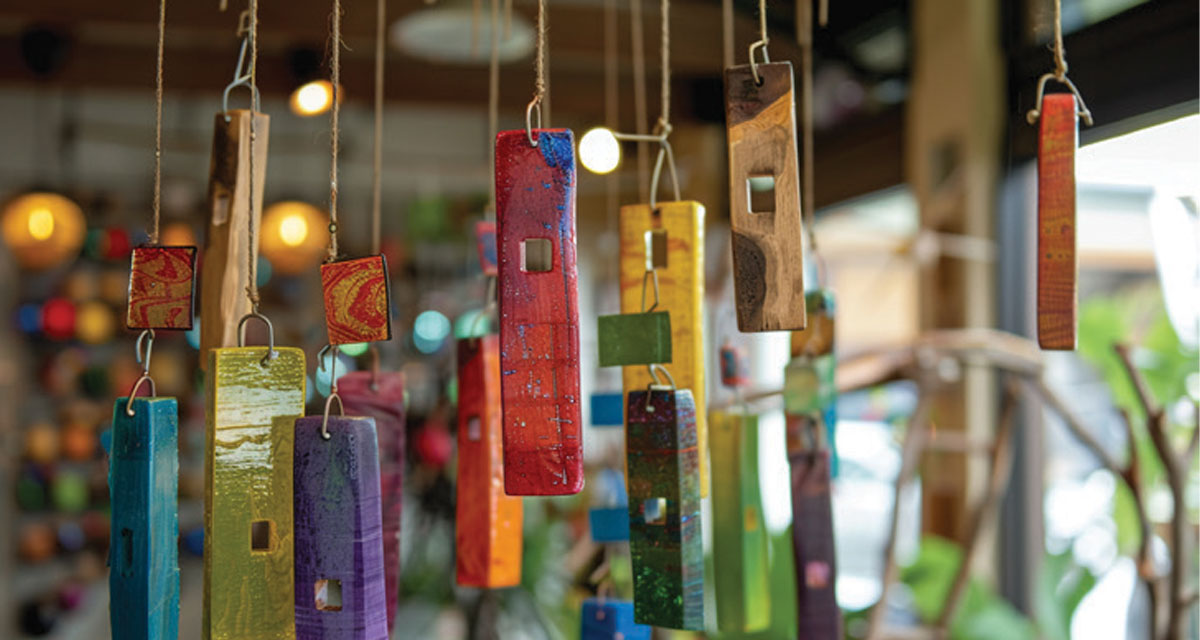Each month this series will provide important facts and tips surrounding child safety to support parents and caregivers as they consider reducing risks and creating the safest environment possible for the children in their lives.
Halloween comes with magic and excitement for children, but it can also unfortunately come with many safety and health hazards. When parents think ahead and create a plan to avoid negative encounters and know what to do to prepare for the safest holiday for their families, everyone can have a good time!
Creating a Safe & Healthy Halloween
Traffic Safety
One of the largest safety concerns on October 31st comes from trick-or-treating, although it’s not from candy concerns, rather from traffic incidents. Creating a plan to follow pedestrian traffic laws is incredibly important on Halloween, especially in the evening. Remind friends and family to use a sidewalk whenever possible and always to walk along the street facing traffic. Avoid crossing the street where there isn’t a stop sign or crosswalk and try to complete one side of the road before heading to the other side. Not all neighborhoods are used to trick-or-treaters and paying close attention, so consider adding an additional safety step by placing reflective tape on the back of your child’s costume or surprising the kids with glow necklaces or bracelets to help them appear more visible to drivers.
Costume Safety
Another important safety checkpoint for your children should be to make sure their costume choices are free of hazards. The first thing to check here is the fit of the costume, to ensure nothing is too long, so as to cause tripping or falling accidents; that there are no potential choking hazards for younger kids present; and masks are not blocking airways or impairing vision, which can also lead to accidents. Before bedtime be sure to clean off any costume makeup completely—glitter, hairspray or other body adornment that could cause skin irritations or rash in children, if worn for extended periods of time. Also, make sure any products you choose are labeled “non-toxic,” if being placed directly on your child’s skin.
Setting Expectations on Halloween
Older Children
One of the best ways to ensure everyone’s safety is to make sure all participants are on the same page when it comes to what to expect. If you have older children who will be celebrating with friends or trick-or-treating without a parent, consider setting a curfew and making sure at least one or two of them have a cell phone to contact you in the event you need to get in touch. Discussing where they will be, and when, is important as well in case of an emergency. As much as your children may feel independent and want to tell you that they “know the drill,” safety precautions can always bear repeating, so remind them about waiting to eat treats from strangers until they get home and never to go into a house whose residents they don’t know.
Younger Children
For younger children who will be with adults, expectations are equally important, to avoid any misunderstandings and possible safety issues. Depending on the age of your child, let them know what the plan is and who is involved. For instance, “We are going to Grandma’s neighborhood to trick-or-treat with your cousins, so remember we’ll be staying close to Mommy and Aunt Jessica tonight. We’re going to go back to Grandma’s house to sort through candy so you can have a few pieces before bedtime.” Be specific about some of the plan to help them hear it from the get-go, and hopefully, a few parts of it will sink in! Remind them about walking slowly, how to cross the street safely and how long to wait to indulge in treats if they need checking!
Parents
Kids aren’t the only ones needing expectations and a plan for the Halloween festivities! Make sure all grown- ups involved in the celebration understand which kids will be with whom and for how long. Perhaps some of the adults present will have different roles, such as candy inspecting and being aware of any food allergies of the children, while others may be the official trunk-or-treat car hoppers, walking along with each child that evening. Remind everyone to put their electronic devices down and keep an eye out for trick-or-treaters, especially when they are crossing the street or going to the houses of neighbors you/they don’t actually know.
Helpful Resources to Learn More
- The CDC Website & Halloween Guide – www.cdc.gov
{ONLINE EDITION HYPERLINK: https://www.cdc.gov/coronavirus/2019-ncov/downloads/daily-life-coping/Trick-or-treating.pdf}
- Safe Kids Worldwide – www.safekids.org/tip/halloween-safety-tips
{ONLINE EDITION HYPERLINK: https://www.safekids.org/tip/halloween-safety-tips}























